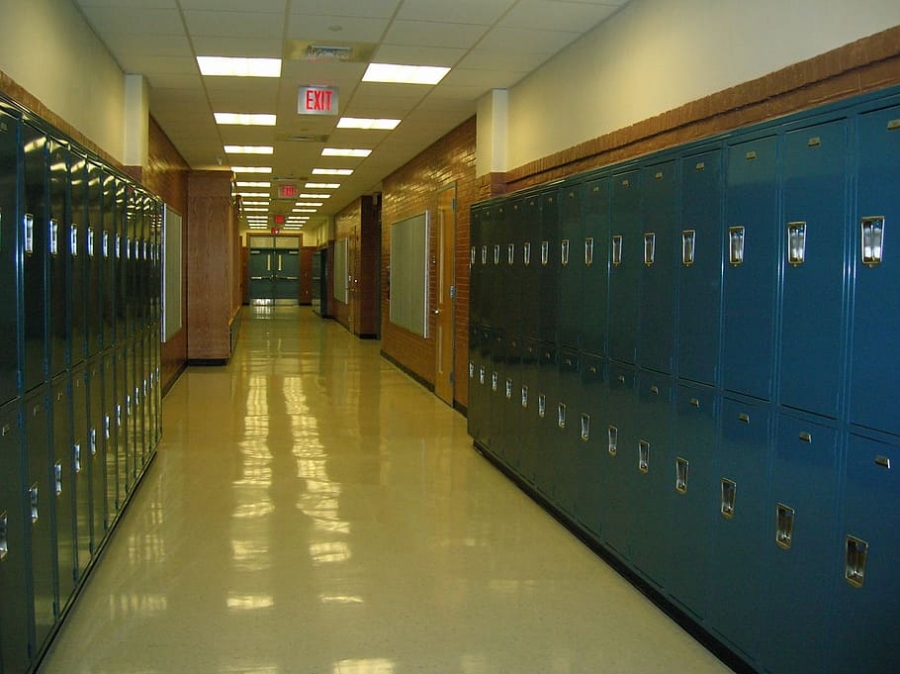This conversation is a snapshot of the current time. Transition is always a time of understandable anxiety, made a lot worse by a global viral pandemic and a lack of certainty on safe school reopenings. However, by the end of the conversation, I was convinced that not only could a meaningful transition for her child still happen, but that this moment could actually offer schools a chance to re-think and re-make transition to make it a more meaningful process in the future.
To hold that transition from primary to secondary school is important in a child’s development, is about as uncontentious a view as one can hold in the noisy world of education. Academic and social development of KS3 learners is supported by a successful transition, where the necessary scaffolds are put in place for primary students to become successful secondary learners. Moreover, a successful transition increases feelings of belonging to a new school, impacting on long term well-being and feelings towards school and education more generally.
All students need time to adapt when making such a substantial change as students undergo transition. It makes sense that a successful transition needs to be a gradual, immersive process of change. In his book ‘Transition’, Dave Harris draws the distinction between ‘transition’ and ‘induction’, the latter defined as the introduction of students into a new school setting – frequently this is implemented as a one-off day in time to welcome students to high school. This day is a useful and important part of transition, but it isn’t enough to account for the emotions and anxieties expressed in the phone call I held with the parent. Many components are needed for a longer term transition to be successful. Yet, induction, not transition, will likely be the experience of many new year cohorts. It tends to happen either on a day at the end of July or in the first week of September, with otherwise limited exposure to the high school building, curriculum and school values and processes.
Relying on induction days for transition can in fact be damaging both socially and academically. Often, one-off induction days mean longer than normal assemblies, showier than normal lessons and some sort of baseline test. In the first instance, giving students unrealistic expectations of what an average day at high school looks like is misleading and can lead to long term trust issues. Secondly, students in transition have enough to think about and acclimatize to without being forced to sit in a hall to complete a test. You don’t need to be a neurologist to assume that scores in baseline tests might be compromised when the participants are also worrying about huge Year 11s on the corridor all of a sudden, timetables which are just letters and numbers, and a whole new set of rules. Schools that focus solely on this type of induction day model as opposed to long term transition give students little time to develop a sense of belonging, and a sense of trust in the school, making it very difficult for them to feel safe, secure and able to learn.
In defence of this process, I’ve spoken to colleagues who say that this type of shock therapy is good for the students as it throws them into the deep end of the rigors of KS3 and 4 study. But transition shouldn’t be about survival; instead it should provide a platform and structure to engage and excite students in a new stage of life. Unsurprisingly, the majority of students believe that primary school was more interesting than secondary school, and levels of engagement from KS2 to 3 tend to fall. There are plenty of reasons behind this, but a poor transition is certainly one of them.
As such, pastoral leaders needn’t feel that transition is doomed now that induction days are unlikely. Instead, the current situation provides us with an opportunity to think creatively about innovating transition. The focus has to be on ways to engage students regardless of the barriers, especially as research projects growing gaps in the progress for some children during lock down. Now more than ever, transition must be inclusive and focused on need. This sounds like hard work. It is. But it is also essential.
Any successful transition must foster a feeling of belonging and trust in new students. School closures have given secondary schools the potential to steady the flow of information going home to students and families, allowing time for key messages to be reiterated and embedded over months.
Tom Sherrington never tires of stressing that Rosenshine’s principles are not a checklist, and the same goes here. The suggestions below are the principles that I have found useful for a successful remote transition in my context. I have included some practical examples, but school staff are the experts of their context and should apply the advice to match it.
The principles are as follows:
- COMMUNICATION
- SHARING VALUES
- ENGAGEMENT
Nothing revelatory here. Induction days are often focussed around these, but as we have seen these one-off days in isolation are inadequate in properly embedding these principles before September.
1. COMMUNICATION
This needs to be relentless and include all necessary stakeholders. Transition should work to allay student fears. Typically, this has been done in one way or the other during an induction day. It is based on the premise that an 11-year-old, sitting in a room with other 11-year olds that they have never met before, listening to an adult they have never seen before, is likely to volunteer those fears openly and articulately. If you are waiting until then to address students’ anxiety, then you’re possibly too late. With most schools at least partially closed, we have the chance to intervene now. That means phone calls home (to the home of everyone if possible), working with primary colleagues on meaningful handovers of students, and giving students themselves chances to share their worries in a safe and sensitive manner. The Transition Team at my school have been working tirelessly in calling home, arranging online conferences for handovers and producing resources for students to proactively consider their feelings towards secondary school. At this point, I feel better prepared at understanding the types of concerns I am likely to encounter in September than in any previous year. It also builds trust and collaboration; we all know that parents and carers appreciate communication from school and are a vital source of support over transition.
2. VALUES
For students, the potential problem with school ‘values’ is that they are often necessarily vague and need to be contextualized within schools. In transition, the sooner new students can identify the meaning of the school values, the sooner they will understand what to expect when they start entering the school building. Linking this to the first principle of communication, the values of a school need to be communicated to students in various ways given the unlikelihood of induction days. Use communication with home to promote your school website and social media and give examples of how your values can be applied by students. At my school we have created a ‘Transition Zone’ on our website packed with blogs, videos and challenges linked to our values. In our ‘Transition Activities Pack’ sent home with the school welcome pack, activities are designed to support students to unpick our values and to start to demonstrate them before September. The activities also prompt students to think about how they are feeling about Year 7 and the challenges it may bring, and through the various forms of communication we provide avenues on how any potential challenges can be addressed. Crucially, embedding the school values prior to September increases student feelings of belonging and trust in the school. Going through this process remotely may appear more difficult than face-to-face, but it can still be meaningful and effective in developing positive mindsets come September. Furthermore, you don’t have the pressure of trying to squeeze it all into an induction day.
3. ENGAGEMENT
Research tells us that we’ve been getting motivation wrong for years. Learners are more likely to be motivated and engaged when they feel they are making progress; learning leads to motivation, not the other way around. Thus, if you are putting effort into producing packs to send home and setting challenges to instil values, then celebrate and model the students who return work that exemplifies these values. In our context, our Transition Zone and a strong school Twitter presence has provided a useful tool for doing this. Again, it’s another effective way of engaging students and getting students to feel like they belong.
When acknowledging student’s reticence leading up to September, it is essential that a transition period promotes the opportunities and enjoyment that can be had at high school. However, sometimes induction days can end up giving a false impression of school life. If students are treated to explosions using Bunsen burners and treasure hunts, for example, they might feel a bit cheated around mid-October. Our strategy utilises student voices from older students to give our transition cohort a better understanding of school life, and so our new students are better able to picture themselves in the school environment, and they get a more authentic view about what day to day life in the school is like.
So, the potential in remote transition is clear. By focusing on these principles, it is still possible to offer an immersive and perhaps even more meaningful transition. In the future, by all means, reintroduce induction days; they are undoubtedly important if planned well, but your school will now also have more inclusive embedded practices that allow for transition to stretch even further.
![]() Looking for more resources to support your teaching and learning? Check out the best education technology resources on our sister platform EdTech Impact.
Looking for more resources to support your teaching and learning? Check out the best education technology resources on our sister platform EdTech Impact.


















